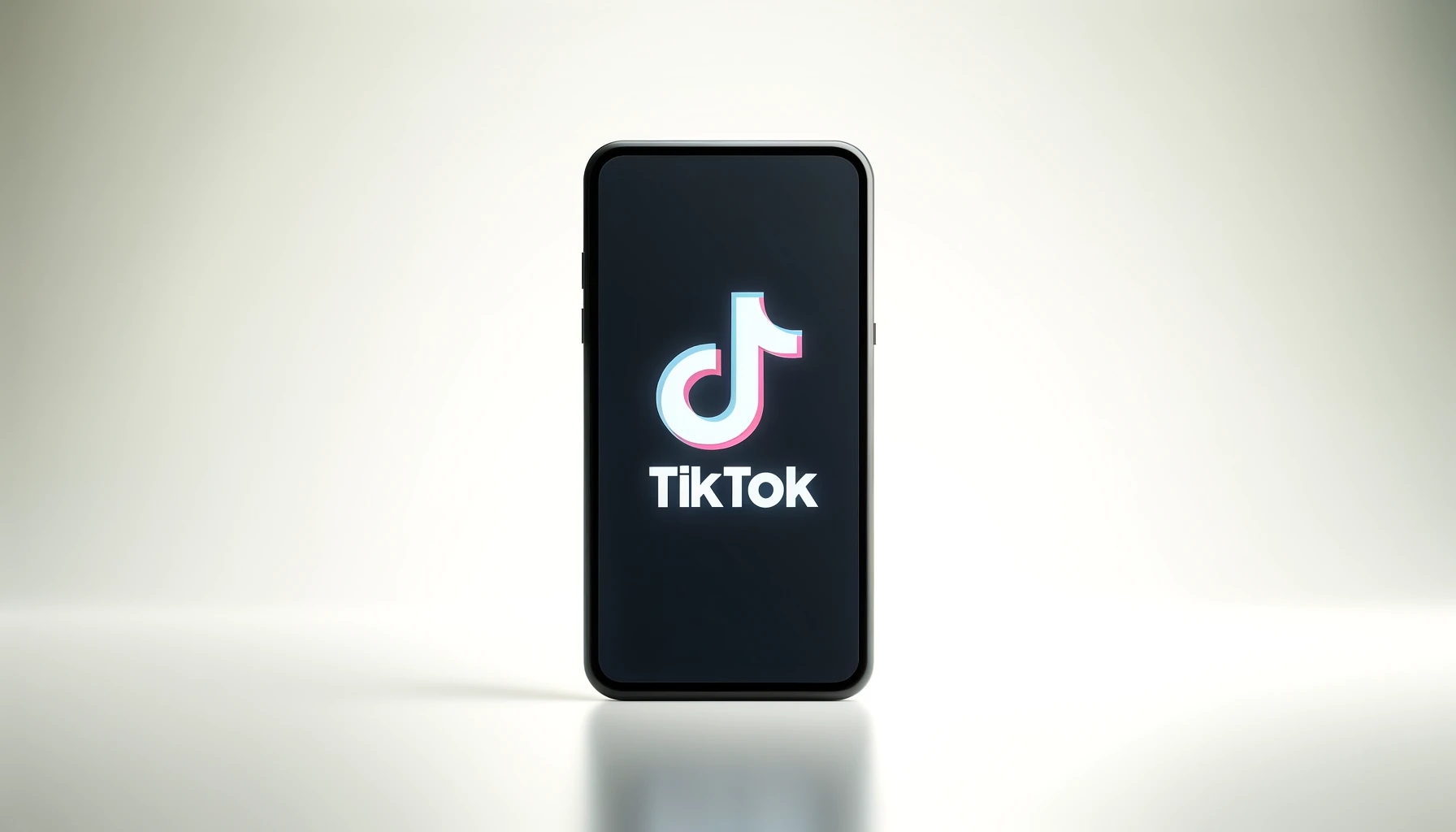Former President Donald Trump, known for his unconventional approach to media, has taken his message to a new platform—TikTok. On June 2, 2024, Trump launched his official TikTok account, signaling a bold shift in his communication strategy. The move comes as Trump eyes the 2024 presidential election, aiming to reach younger voters who dominate the short-form video platform.
The TikTok Launch
Trump’s debut on TikTok was marked by a series of short videos where he discussed his political vision, recent achievements, and responses to current events. His first video, posted under the username @RealDonaldTrump, amassed millions of views within hours. The former president, donning his signature red tie, spoke directly to the camera, emphasizing themes of American greatness and resilience.
“Join me on this exciting new journey,” Trump said in his introductory video, inviting users to follow his account for updates. The videos feature a mix of political commentary, personal anecdotes, and behind-the-scenes glimpses of his life, aiming to humanize his persona and appeal to a diverse audience.
Context and Background
Trump’s pivot to TikTok is noteworthy given the platform’s history with his administration. In 2020, Trump attempted to ban TikTok in the U.S., citing national security concerns over its Chinese ownership. The move sparked legal battles and significant media coverage. Despite the controversy, TikTok’s popularity soared, particularly among Gen Z users.
By embracing TikTok, Trump is tapping into a vast and influential demographic. TikTok boasts over a billion active users worldwide, with a significant portion being young Americans. This demographic played a crucial role in the 2020 and 2022 elections, showcasing their political power and engagement through viral trends and grassroots campaigns.
Strategic Implications
From my point of view, Trump’s move to TikTok is a strategic masterstroke. It demonstrates a keen understanding of the evolving media landscape and the importance of digital engagement in modern politics. By leveraging TikTok’s vast user base, Trump can bypass traditional media filters and connect directly with voters.
This approach also aligns with trends seen in other political campaigns globally. Leaders and influencers increasingly use social media platforms to disseminate their messages and mobilize support. TikTok, with its algorithm-driven content discovery, offers a unique opportunity for political figures to reach audiences beyond their established follower base.
However, the decision is not without risks. TikTok’s community guidelines and content moderation policies could pose challenges, especially given Trump’s history of controversial statements. Additionally, the platform’s younger user base may present a tough audience for Trump, whose policies and persona have polarized many.
The Road Ahead
As I see it, Trump’s TikTok venture will be a fascinating experiment in political communication. If successful, it could redefine how political figures engage with the public, especially younger generations. It also underscores the growing significance of social media in shaping political narratives and influencing voter behavior.
Critics argue that Trump’s entry into TikTok could further politicize the platform, potentially leading to increased scrutiny and regulatory challenges. Supporters, however, view it as an innovative way to reach and energize a critical voter segment.
In conclusion, Trump’s foray into TikTok is a bold and calculated move that reflects the changing dynamics of political engagement. Whether it will translate into electoral success remains to be seen, but it undoubtedly marks a new chapter in the intersection of politics and digital media. As the 2024 election season heats up, all eyes will be on Trump’s TikTok feed, waiting to see how this unconventional strategy unfolds.






